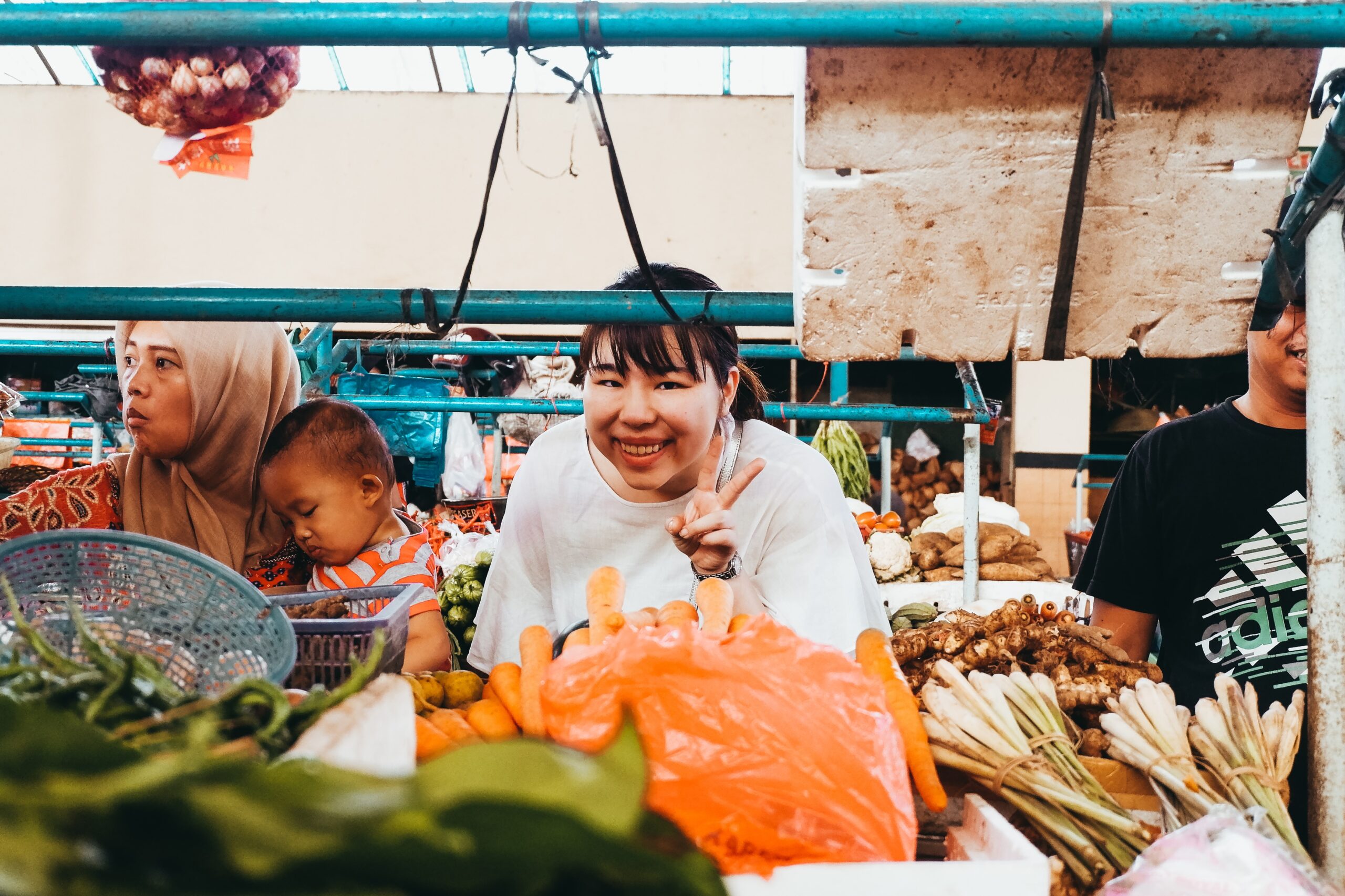
Indonesia is sitting on a goldmine of cosmetic raw materials, yet its potential remains largely untapped. Despite the abundance, cosmetic consumption in Indonesia per capita is still low compared to neighboring countries like Malaysia and Thailand. This has prompted the Indonesian government to invite multinational cosmetic brands to invest in the country.
According to the Ministry of Industry, the cosmetics sector contributes a significant IDR 150 trillion to the country’s gross domestic product (GDP). However, only 30% of this value comes from domestic industries, while a whopping 70% is still imported.
Minister of Industry Agus Gumiwang Kartasasmita views this as a substantial opportunity for local industries. He has called on multinational cosmetic brands to see Indonesia not just as a market but as a fertile ground for investment.
“I urge multinational brands in the cosmetic industry, who have so far only seen Indonesia as a market, to start investing here,” Agus said on Thursday (May 29, 2024).
Read also: Property Demand Soars Among Expatriates, Jakarta and Bali are the Favorites!
He stressed that new investments in this sector are essential for increasing the use of locally sourced cosmetic raw materials. The current trend of using organic-based ingredients from essential oils, herbal plants, and seaweed encourages local industries to innovate, creating high-quality products with significant economic value.
Data from the Ministry of Industry shows that global revenue from natural cosmetics is expected to grow at an average rate of 6.85% until 2028. Nationally, revenue from the natural cosmetics industry is projected to grow at an average rate of 5.9% over the same period. With 30,000 types of beneficial plants, Indonesia has the potential to become a major source of natural cosmetic raw materials.
“However, only 350 types are currently being utilized by the industry. This opportunity must be seized by local industries to create unique and competitive local cosmetic products,” Agus explained.
To address issues related to cosmetic raw materials, the ministry plans to foster collaboration between the agro-industry and the chemical and pharmaceutical industries. This collaboration aims to accelerate the availability of local raw materials for the cosmetics industry.
Beyond optimizing the market and using local raw materials, the halal cosmetics segment presents another significant opportunity. Given Indonesia’s large Muslim population and the emerging requirement for halal products, the national cosmetics industry must increase production and diversify its halal cosmetic offerings.
In summary, while the nation has a rich supply of raw materials for cosmetics, much of its potential remains underutilized about cosmetic consumption in Indonesia. With the government’s push for investment and innovation, the industry stands to grow significantly. By capitalizing on local resources and meeting the rising demand for natural and halal cosmetics, Indonesia could become a leading player in the global cosmetics market.






















